The many faces of the Macintosh: Which is your favorite?
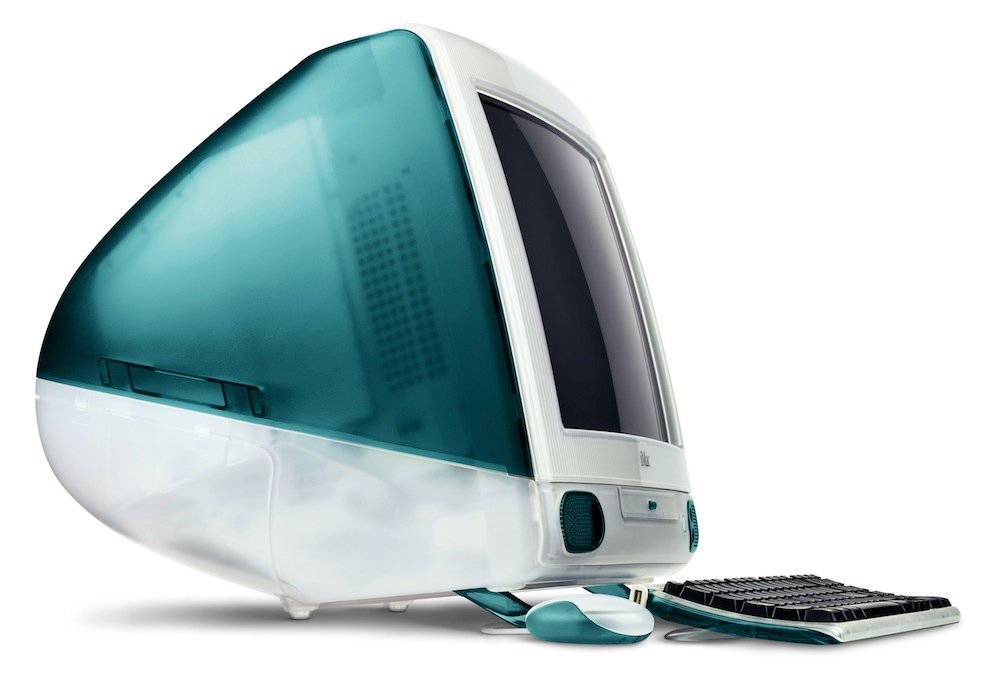
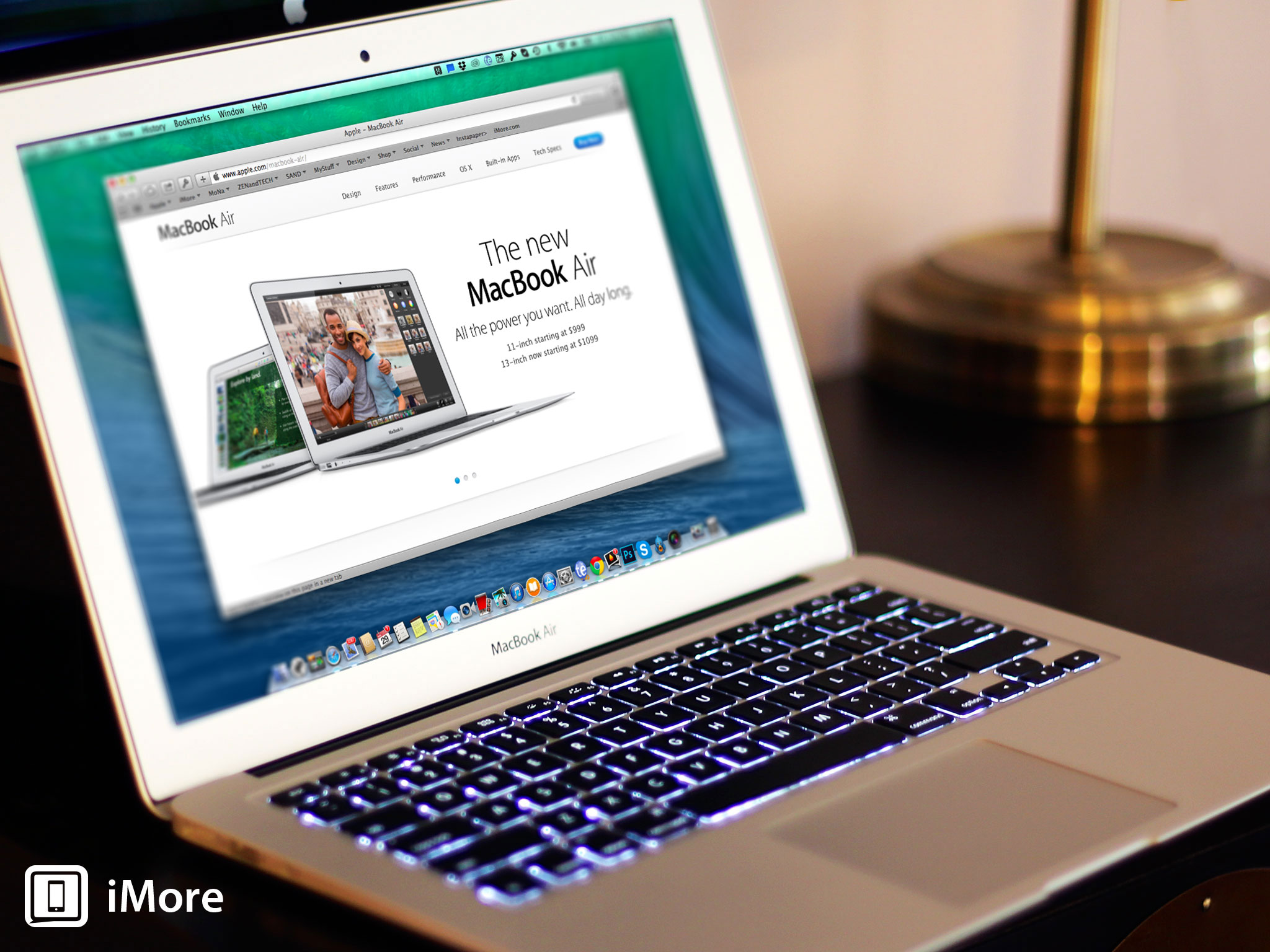
The Mac has worn many faces over the years, from an all-in-in-one beige box to a massive tower, from a nondescript desktop workstation to an elegant laptop. What of the Mac's many iterations do you like most?
In its 30 years of life, the Macintosh has gone through many iterations, from the original beige box with integrated black and white screen to massive tower systems, the colorful and friendly iMac and the mysterious black-clad new Mac Pro.
I've culled through 30 years of Mac designs to come up with a list of some of my favorite machines - Macs that I think were or are particularly influential and worthy of note. You're bound to disagree with me or have some favorites of your own, so I encourage you to add your comments below!
The original Mac
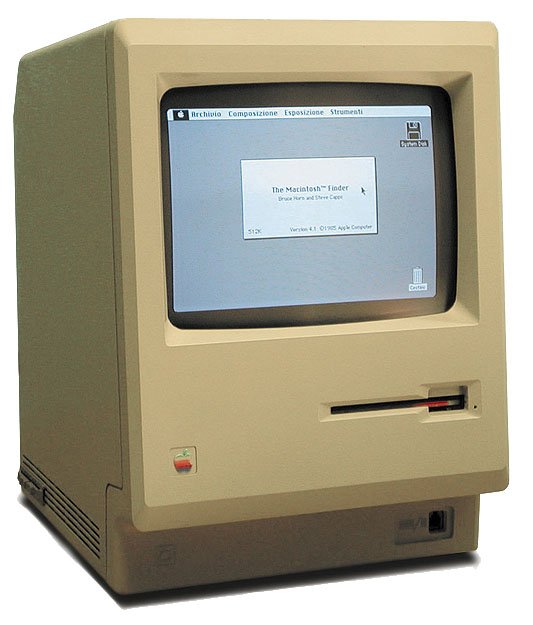
An all-in-one beige case containing a nine-inch black and white monitor, the Macintosh was quite unlike anything we'd seen before, driven by a graphical operating system that used a novel input device called a mouse. It was designed to be friendly and accessible in a way computers weren't before - more like a kitchen appliance than a computer.
Expensive and hampered by a relatively limited software selection, the Mac was little more than a curiosity at first. Apple was better known for its Apple II, a personal computer that was popular in the home, school and office. But over time more and more people would be attracted to this new way of using a computer. And the rest is history.
Macintosh II
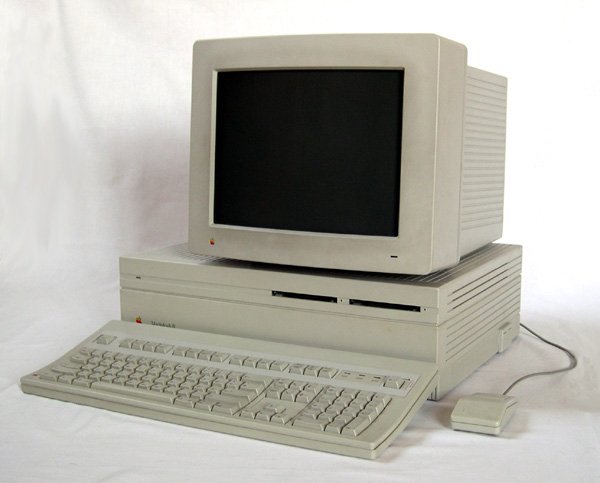
Apple had already produced several Mac models by the time it introduced the Macintosh II in 1987. This system was squarely designed for the needs of businesses, eschewing the compact all-in-one footprint for a more modular design that could be opened easily. The Mac II and the compact Mac SE both shared a similar design motif - a platinum color, instead of the beige of earlier models.
The Mac II had accessible RAM sockets and six expansion ports using an interface called Nubus. While Apple included a wide array of expansion ports to connect peripheral devices like hard drives, keyboards, mice and monitors, Mac II owners would find all sorts of way to expand their systems with additional capabilities like Ethernet networking and expanded display support.
Macintosh SE/30
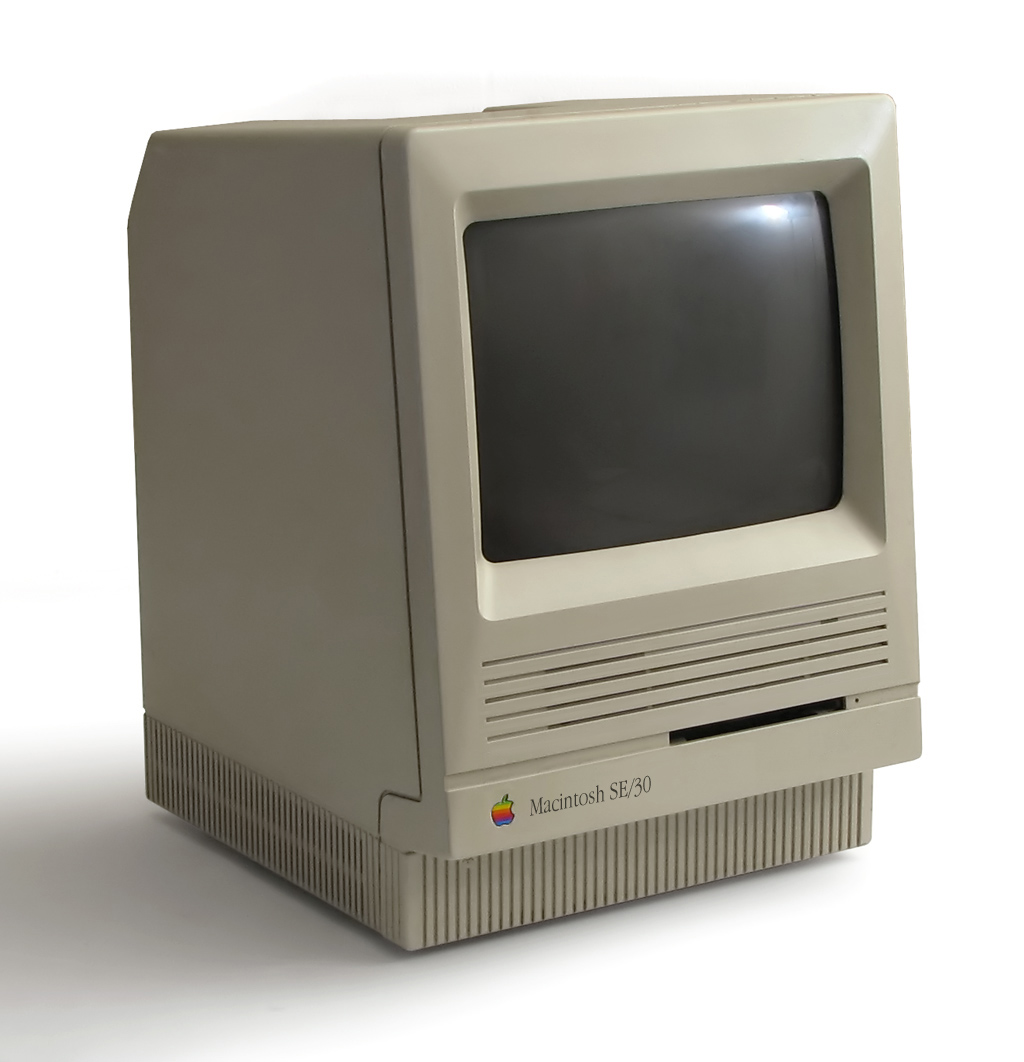
Introduced in 1989, the SE/30 combined the compact all-in-one design of the original Mac with the advances in processor performance and expandability of the Mac II. While it looked the same as a regular Macintosh SE (except for the badge), the SE/30 was quite different under the hood, powered by the same Motorola 68030 processor found in the Mac IIx.
Master your iPhone in minutes
iMore offers spot-on advice and guidance from our team of experts, with decades of Apple device experience to lean on. Learn more with iMore!
The result was a very fast, compact Mac that could keep pace with even the most demanding apps, and one that could even be expanded with an external color display using third-party graphics cards and other capabilities using its PDS expansion slot.
Macintosh IIci
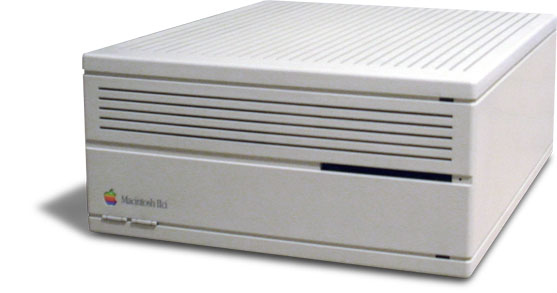
The Macintosh II's expansion suited the needs of some users, but its massive size was overkill for many businesses who couldn't or didn't want to give up so much space for the computer. Apple responded with a more compact expandable Mac - the IIcx, which debuted in March of 1989, shortly after the SE/30 came on the scene. Later that year they'd revise the IIcx with a faster processor - a 25 MHz 68030 - and rebadge it as the IIci, spawning one of the most popular and beloved Macintosh models of that era.
The Mac IIci became a workhorse of countless businesses that relied on the Macs, and would become one of Apple's longest-lived models, seeing continuous production until early 1993 and constant use until "classic" era Macs were finally put to rest.
Macintosh LC
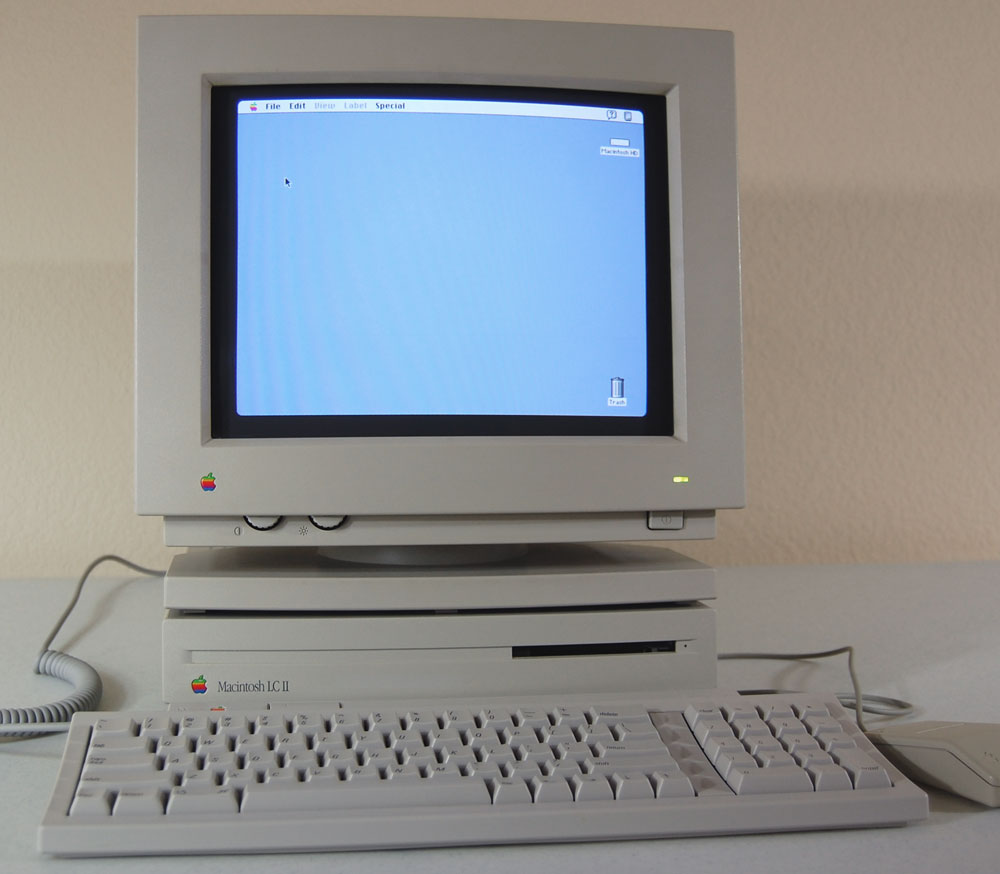
Macs had grown in features and complexity over the years and had also risen in price. There was a tremendous demand for a lower cost Mac, and the aptly named Mac LC was the result. It was enclosed in a flat, wide chassis nicknamed the "pizza box."
The LC had a single expansion slot that could accommodate an Apple IIe emulation card, to provide schools that had long relied on Apple II computers with a way to transition to the Mac without sacrificing backwards compatibility. Other companies would find uses for the slot including CPU accelerators, Ethernet and video upgrades.
PowerBook
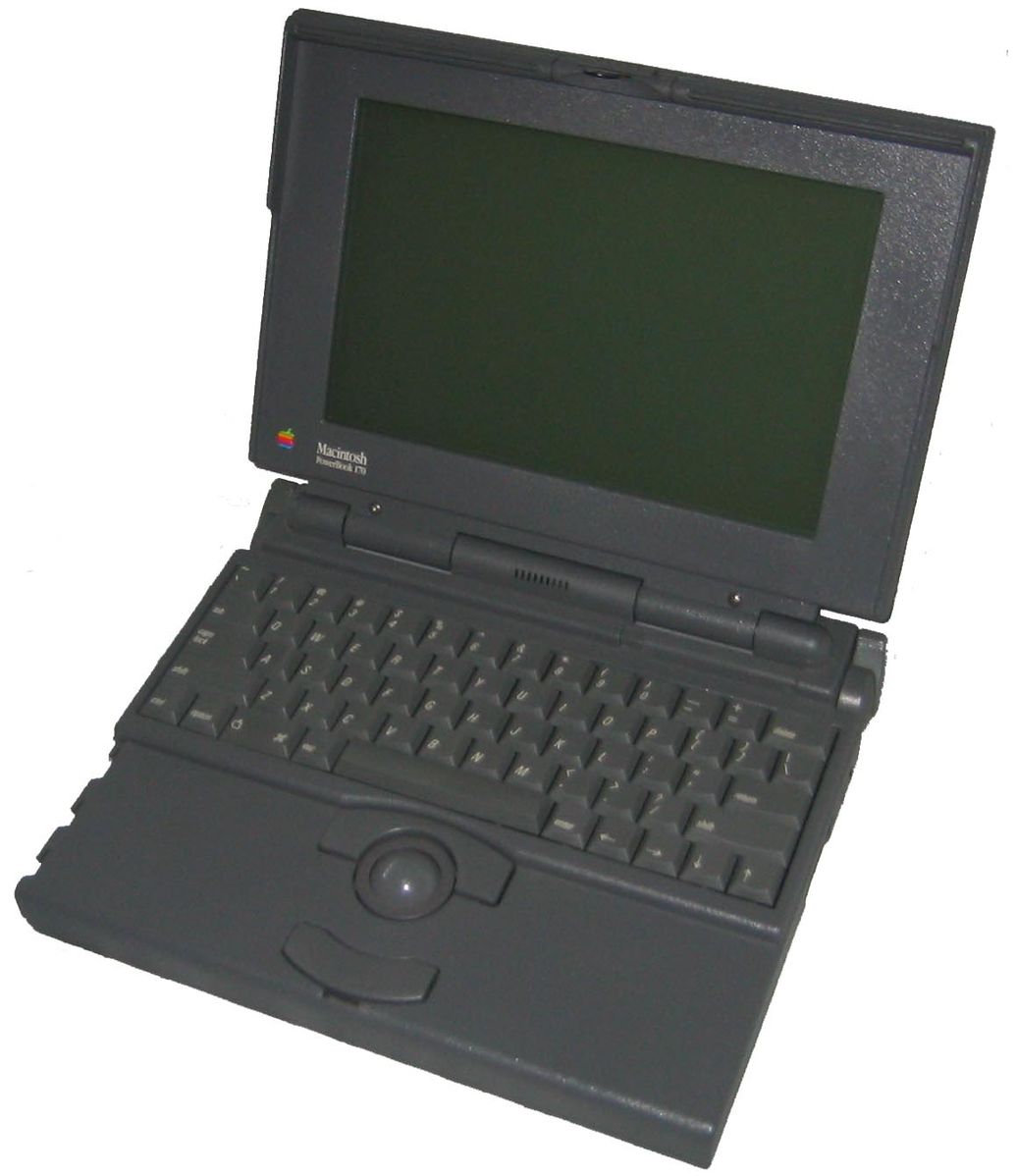
The PowerBook wasn't Apple's first portable Macintosh - that dubious distinction went to the Macintosh Portable, which weighed a staggering 16 pounds when it first launched in 1989. Collaborating with Sony, Apple went back to the drawing board and came back several years later with the PowerBook. Initially Apple offered the PowerBook in three flavors: the 100, 140 and 170.
The PowerBook was only about a third the weight of its predecessor, and sported innovations like a backset keyboard that provided a comfortable palm rest area and a comfortable integrated trackball to control the mouse. The high-end 170 had an active matrix color display and performance comparable to the beloved IIci, making it a popular choice for on-the-go execs who could justify the $4,600 price tag.
The PowerBook changed everything. It was a big seller for Apple, but it also heavily influenced what the rest of the computer industry was doing. Within a couple of years, almost everyone's laptop looked like a PowerBook - the beginning of a long history of other companies parroting Apple's industrial designs once the company had done the hard work for them.
Power Macintosh
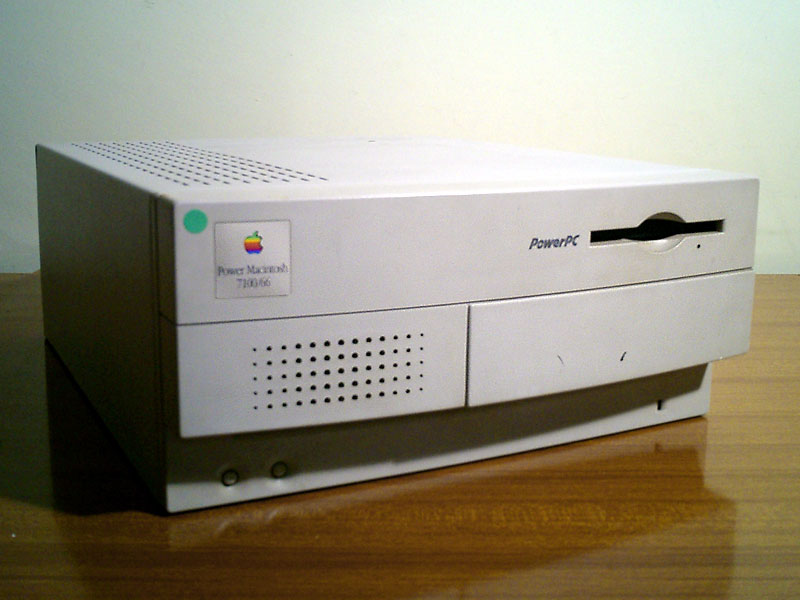
The Mac line had been built around Motorola's 68000 microprocessor line from the beginning and had grown up around it: Successive models used the 68020, 68030 and 68040 processors in various speeds as they became available. But ten years after the introduction of the Mac the 68K chip was showing its age, and Apple needed to replace it. A collaboration between Apple, IBM and Motorola yielded a new kind of microprocessor called the PowerPC, and that served as the foundation for Apple's Power Macintosh line.
Apple launched three separate and distinct Power Macintosh models in March of 1994: the 6100 - a flat pizza box shape; the 7100, an updated PowerPC variant on the familiar IIcx/IIci form; and the 8100, a mini-tower design aimed at power users. The Power Mac would go through many variations over the next decade, culminating in the Power Mac G5, a gigantic aluminum-clad tower whose design directly informed the shape of the Mac Pro in the decade that followed.
iMac
Years of incompetent management and flat sales led to Apple's time in the desert - a bleak period through the mid-90s when it seemed for sure that the company was doomed. Eventually things turned around - Apple acquired NeXT and Steve Jobs returned to the company's helm. Apple needed desperately to excite customers once again, and the iMac was the machine to do it.
The iMac was a reinvention of the original Macintosh - an all-in-one design, updated for the modern era. A bigger screen with color graphics, and no more legacy floppy drive - let's go with a CD instead. Not only was networking included but so was a modem, so you could easily connect to online services if you wanted to. And the case was colorful and translucent, so you could see a bit inside - the mystery of what was inside the computer was suddenly gone.
The iMac has undergone a massive evolution since it first burst on the scene in 1998 - from colorful plastic to minimalist glass and aluminum, from cathode ray tube to flat panel LED backlit display, the iMac has grown up to be an incredibly elegant and sophisticated desktop computer that's capable of some of the best overall performance in Apple's product line.
iBook
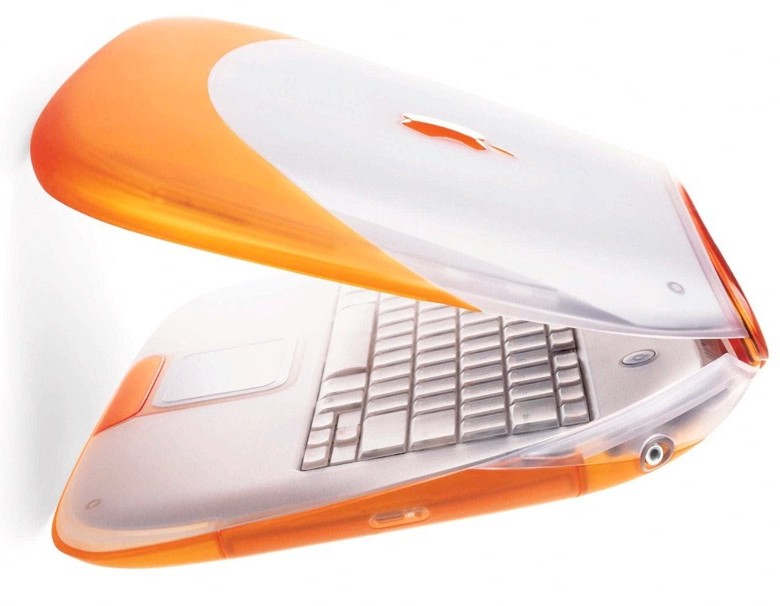
Capitalizing on the burgeoning success of the colorful iMac, Apple reinvented its laptop line in 1999 with the iBook. Initially dismissed as a "Barbie computer," the iBook's clamshell case design and integrated handle made it a popular choice with schools seeking to increase computer literacy in the classroom. It was also hugely anticipated by Mac customers looking for a lower-cost laptop than Apple's PowerBook line (the iBook was $900 less than the PowerBook).
But the real revolution of the iBook came in the form of something Apple called "AirPort," a then-nascent wireless networking technology called Wi-Fi. AirPort made it possible for you to connect to other computers, printers or even get online without having to plug a cable into your Mac. Amazing.
Mac mini
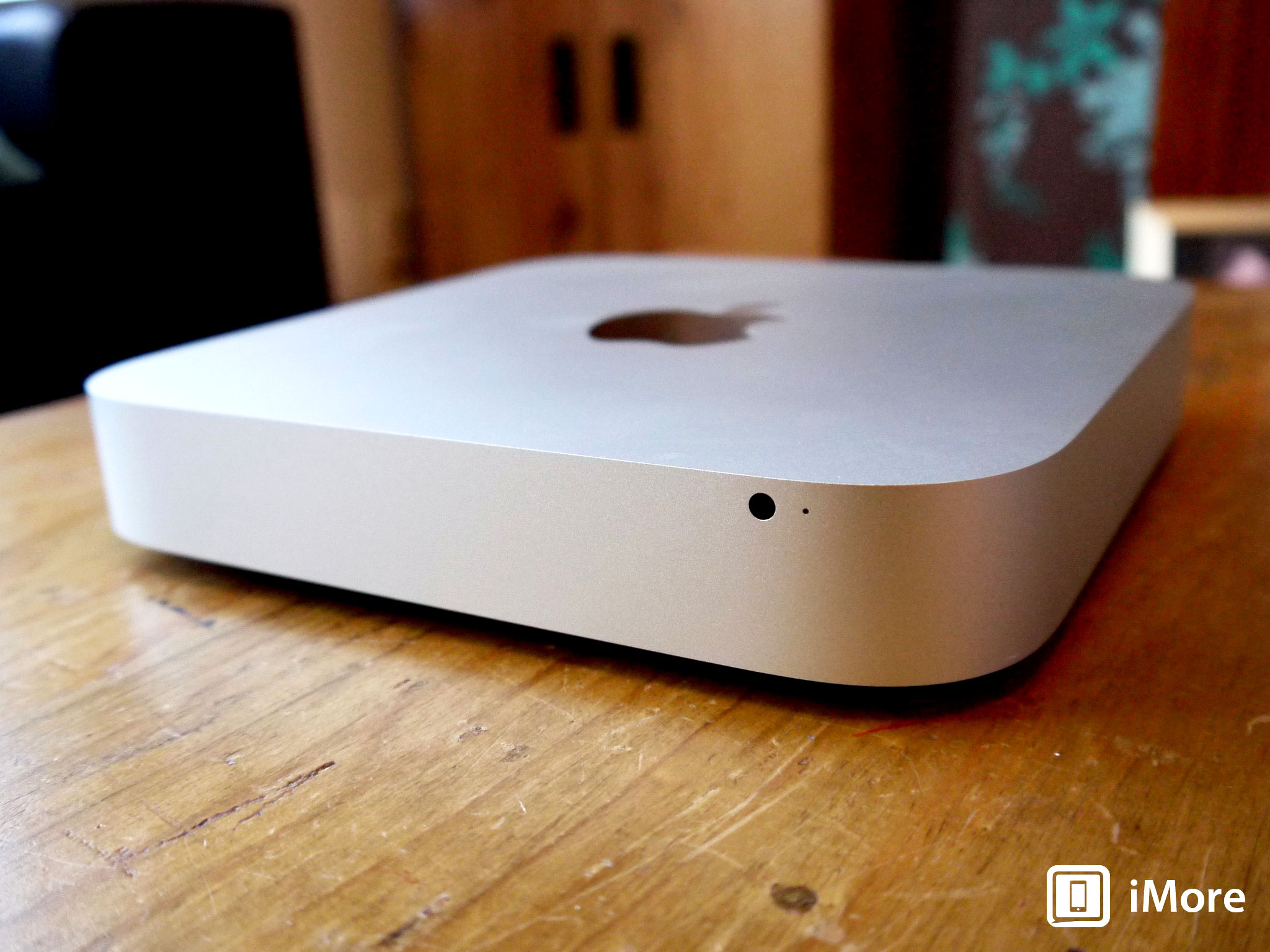
How do you get a PC user to switch to the Mac? Make it as inexpensive as possible for them to do so. Enter the Mac mini - a barebones Mac that lets you reuse the monitor, keyboard and mouse from your old PC, and a price tag hundreds of dollars lower than anything else in the Mac line.
The Mac mini's gone from being a budget Mac to a pretty powerful little desktop system, equally suitable for general desktop use, as a media server, or even as a small business or workgroup server running OS X Server. Despite the small size and small price tag, the Mac mini is one of the most versatile Macs in Apple's lineup.
MacBook Air

The transition to Intel microprocessors notwithstanding, Apple's next great innovation came in 2008 with the introduction of the MacBook Air. Seeking to make laptops even more lightweight and portable, Apple engineered the MacBook Air to be the thinnest ever at the time of its release, sporting the familiar wedge shape that we know today. Originally the MacBook Air came with a hard drive standard, because flash storage on computers was still pretty unusual and very expensive
Over time the MacBook Air's role has changed, from a speciality laptop to Apple's least-expensive model. Along the way it's grown in capabilities, with improved processors, graphics and ever-expanding flash storage capabilities. And unlike many "subnotebooks," "netbooks" and "ultrabooks," it's a no-compromises machine that runs the same software as any other Mac, with a full-sized keyboard and a Thunderbolt port capable of driving a huge 27-inch monitor.
Mac Pro (2013)
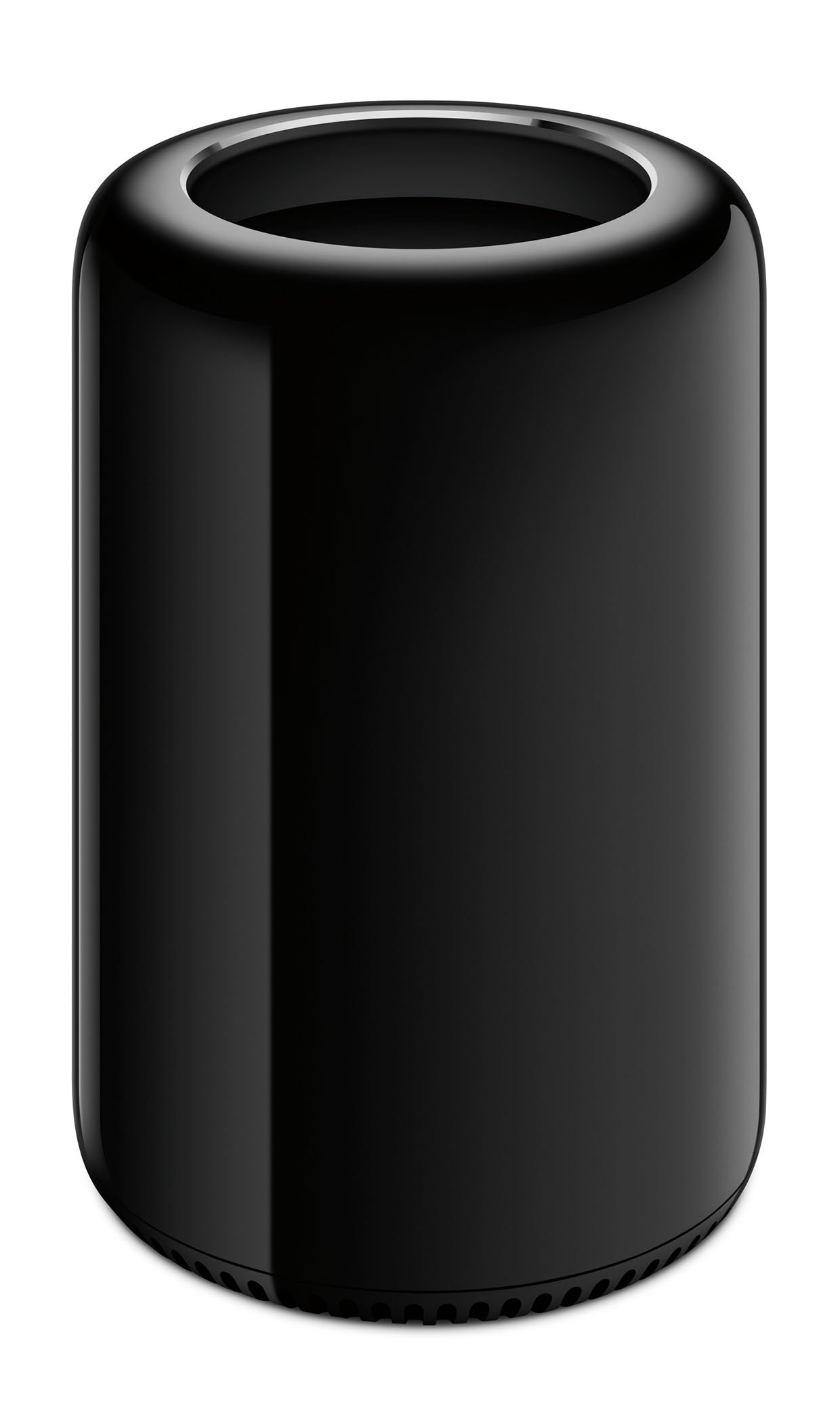
The Mac Pro seemed like a vestige of another era, when "big iron" ruled the desktop and the server room. Things changed, but the Mac Pro stayed the same. Maybe too similar. While Apple updated the Mac Pro with faster processors and more cores now and again, making other refinements, the box itself looked the same as it always did - in fact, it looked the same as the Power Mac G5 that it replaced, one that first came on the scene in 2003.
But Apple wasn't done with the Mac Pro. They went back to the drawing board and took a completely fresh look at what it meant to have a Mac "Pro." The answer was astonishing: a machine one-eighth the volume of its predecessor but much faster, designed from the circuit level up to be as fast as possible for the type of operations that Mac Pro users look for - parallel processing, big number computation, 3D graphics rendering, video rendering, audio digital signal processing and digital image transformation.
The Mac Pro only began shipping late last month so it's hard to gauge its long-term impact or influence on the Mac product line. With backorders for the new machine still going a month or more, demand for the new machine is strong, so that's a good sign. But I still think it's worthy for inclusion on this list because it's such a radical break from what came before it, it's hard not to believe the Mac Pro will have a strong impact on what Apple will do in the future.
What do you think are the most noteworthy Macs?
OK, I've had my say - now I want to hear from you. What have I left off the list that deserves to be here? What are the most noteworthy Macs you've come across in your day, or which ones do you wish you had that you never had the chance to own? Post in the comments below and let me know.

